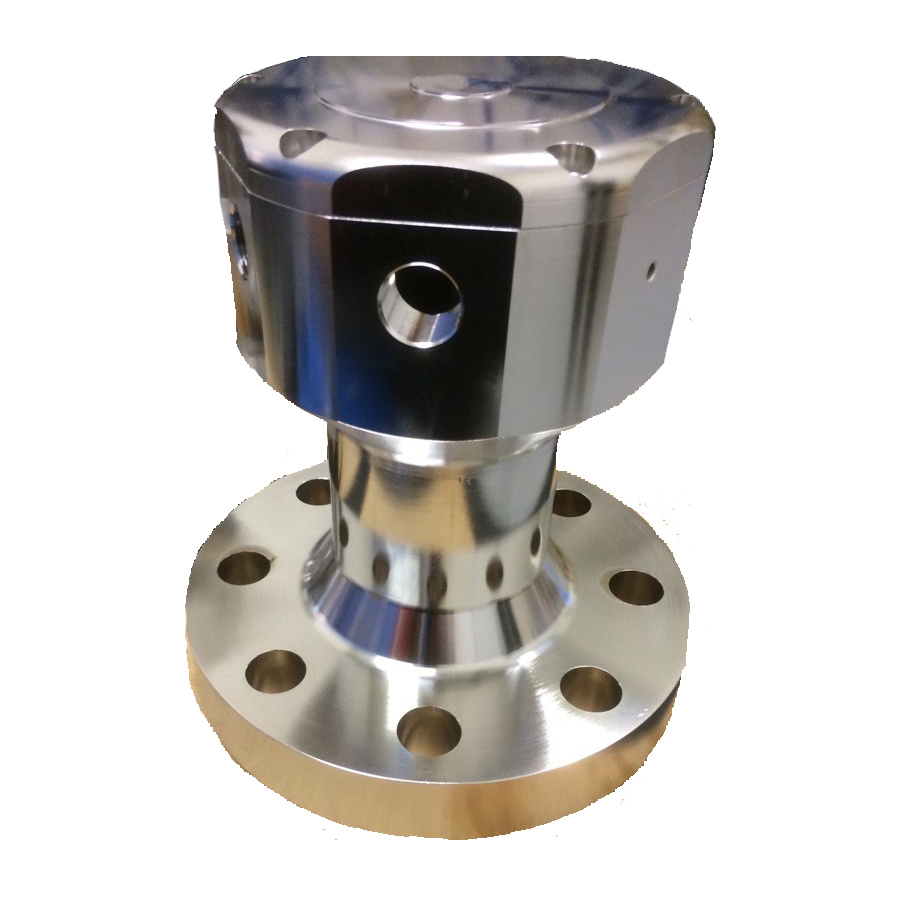LineVu | A New Way of Thinking
Detection of Pipeline Contamination using Image Processing
Description
Detection of Pipeline Contamination using Image Processing
When natural gas is processed, liquids are injected to remove water vapour, carbon dioxide and hydrogen sulphide. It is vital that these liquids are completely removed from the gas stream prior to exporting the gas for sale yet, to date, there are no effective methods to determine if liquid separators are working to their stated efficiency 100% of the time. Often operators find out too late that there is a problem with liquid carry over causing $Ms of damage.
If hydrocarbon liquids are allowed to enter dehydration systems, foaming can occur requiring the addition of de-foaming agents. At the exit of the de-hydration system, liquids like glycol (MEG and TEG), crawl down the walls of the pipeline causing further problems.
If the processing plant is fitted with a refrigeration (or dew pointing) system to remove as much, high value, gas condensate as possible, glycol enters the system and freezes at around -6°C, causing problems with the temperature control of the system and further liquids remain in the export gas stream.
“Gas analysers are specifically designed to avoid and filter out liquids”
Apart from the safety issues, gas sale contracts usually specify that no liquids (or solids) should be present.
If breaches of the contract are proved, buyers can decide to reject the supply until the process upset is resolved or re-negotiate the price. In some cases, a hefty fine from the buyer or pipeline operator will also add to costs.
Gas contracts strictly specify the gas quality and require there to be no liquids, with good reason. If allowed into the gas network, liquids can build up in low spots and corrode the internal pipe wall as happen in Carlsbad, New Mexico.
In gas processing plants and refineries there are often absorber beds or catalysts that are sensitive to liquids. There have been many instances where liquids have been allowed to carry-over into the gas stream and damage £Ms worth of catalyst or absorbent.





